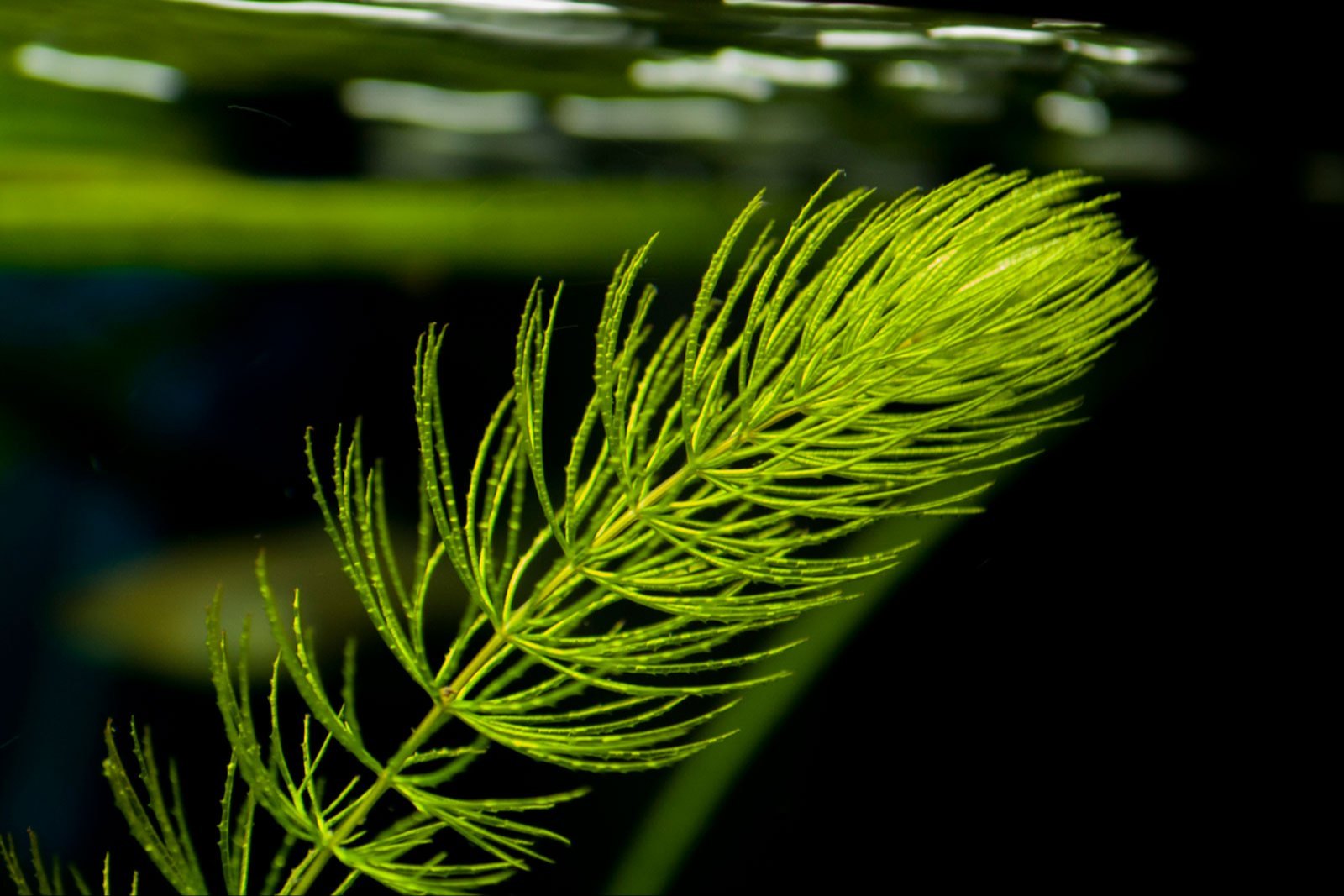Hornwort (Ceratophyllum demersum) is a popular aquatic plant known for its oxygenating abilities and helping to deter algae growth. With its feathery green leaves and fast growth rate, hornwort can thrive in ponds once established correctly. Here’s a step-by-step guide on how to plant hornwort in your pond.
Selecting a Location
When choosing where to plant hornwort in your pond aim for a spot with good water flow and circulation. Hornwort grows best in water depths between 2-10 feet. It can survive in full sun to full shade but may do best with some afternoon shade, especially in hot climates. Avoid areas near water inflow as the current could dislodge plants.
Preparing Hornwort for Planting
Purchase high quality, pest-free hornwort from a reputable aquatic nursery. Carefully inspect plants for signs of disease or pests. Remove any dead leaves or stems. To reduce transplant shock, place plants in a bucket of pond water for a few days before planting. This allows hornwort to acclimate and grow new roots.
Planting Options
There are a few methods to plant hornwort in ponds:
-
Substrate Planting: Plant rooted directly into a substrate like sand or small gravel at the pond bottom. Anchor with 1-2 inches of substrate.
-
Container Planting: Plant in pots or baskets filled with gravel or sand. Place containers at desired depths.
-
Floating Tie stems to small weights and allow plants to float freely on the water surface
Planting Steps
Follow these steps to plant hornwort in your pond:
-
Gently rinse plants to remove any debris. Be careful not to damage stems.
-
If substrate planting, prepare planting holes at the right depth for each plant. Space holes 12-18 inches apart.
-
Hold plants in place and backfill holes with substrate, covering roots and anchoring stems.
-
For container planting, fill pots with substrate and plant hornwort at equal intervals. Place containers in desired locations.
-
To float hornwort, simply tie weights onto stem bundles using fishing line or string.
-
Start with 5-6 hornwort plants or containers per 100 square feet of pond surface area.
Initial Care
Monitor newly planted hornwort closely. Remove any sections that are turning brown or appear stressed. Expect some initial leaf drop as plants acclimate. Provide shade if plants appear to be getting too much hot sun. Water clarity is important, so run pumps and filters regularly to avoid algae. Cut back fast-growing stems as needed.
Ongoing Maintenance
-
Inspect plants weekly and remove dead leaves/stems. Prune as needed.
-
Divide overgrown plants in spring and replant as needed.
-
Monitor water parameters like pH, oxygen, and temperature. Make adjustments to optimize for hornwort.
-
Control algae and reduce buildup on plants by hand removal or water treatments if needed.
-
Consider moving to indoor tanks or pools over winter in cold climates. Replant in spring after danger of frost passes.
With the proper care, hornwort can provide beneficial oxygenation and natural filtering effects in garden ponds. Follow these tips for successfully establishing and maintaining beautiful, healthy hornwort growth. Adjust methods as needed to suit your unique pond environment.
Hornwort: Easy to Grow Clean Water Plant to Stop Pond and Aquarium Algae – Ceratophyllum submersum
FAQ
Should hornwort float or be planted?
Does hornwort need to be fully submerged?
How deep to plant hornwort?
How fast does hornwort grow?
Does hornwort grow fast? With enough light and nutrients, hornworts grow 1 to 4 inches (3 to 10 cm) a week. Also, how long does it take for the hornwort to grow? It is known to grow very rapidly. There is no accurate growth rate due to various factors, but it is not uncommon to grow more than 5 inches within a week.
Is a hornwort a nonvascular plant?
hornwort, (division Anthocerotophyta), also called horned liverwort, any of about 300 speciesof small nonvascular plants. Hornworts usually grow on damp soils or on rocks in tropical and warm temperateregions. The largest genus, Anthoceros,has a worldwide distribution.
Is a hornwort a vascular plant?
hornwort, (division Anthocerotophyta), also called horned liverwort, any of about 300 species of small nonvascular plants. Hornworts usually grow on damp soils or on rocks in tropical and warm temperate regions. The largest genus, Anthoceros, has a worldwide distribution.
- A Complete Guide to Caring for Yuki Cherry Blossom Shrub - January 23, 2025
- Identifying Red Hot Poker Seeds: What to Look For When Harvesting Torch Lily Pods - January 23, 2025
- A Complete Guide to Harvesting Evening Primrose Seeds - January 23, 2025

